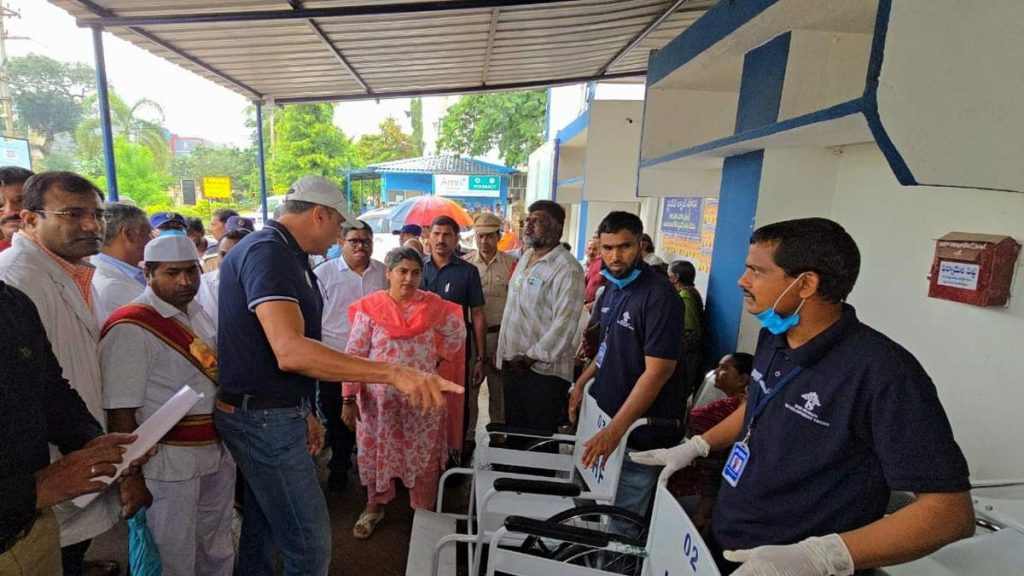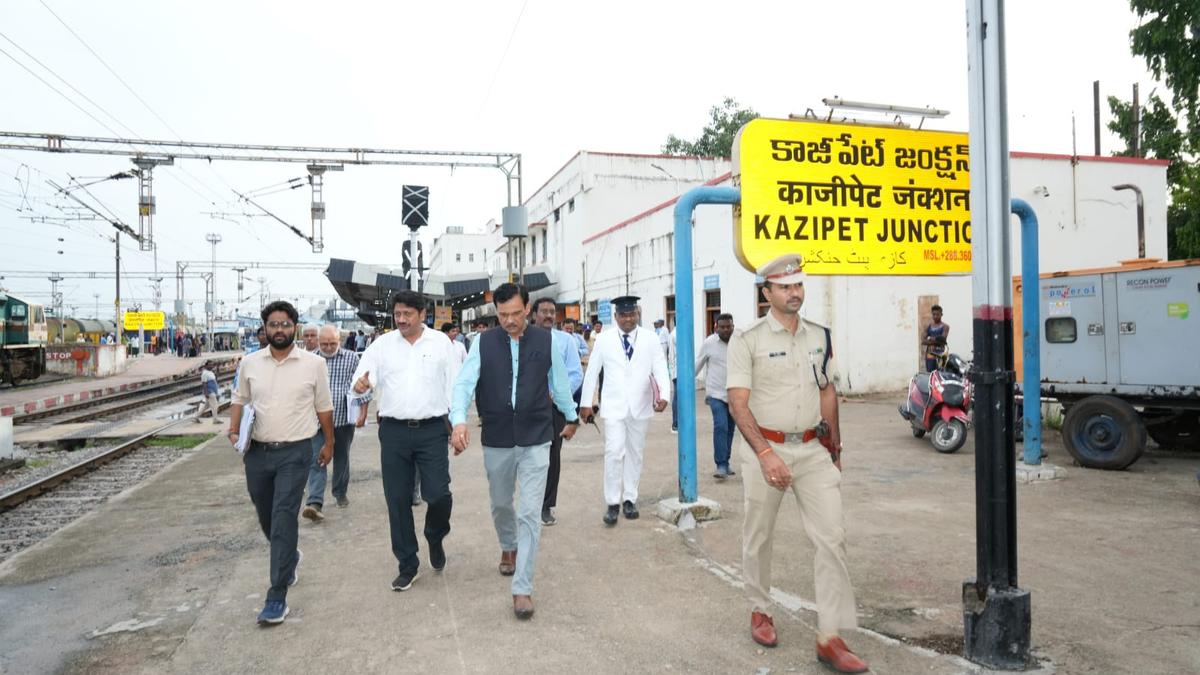South Central Railway (SCR) with the plan to increase the line capacity to run more trains on existing high-density routes and grand trunk routes has decided to operationalise the indigenous Automatic Block Signalling (ABS) in around 1,700 km.
The high density golden quadrilateral and golden diagonal routes include sections of Duvvada–Vijayawada–Gudur, Secunderabad–Kazipet–Balharshah, Kazipet–Vijayawada and Wadi–Renigunta, senior railway officials explained on Monday.
The installation of ABS has been taken up in a phased manner in the planned sections over the last few years. The system has so far been made operational for about 520 km in the zone (till May 31, 2025) with 141.05 km taken up in the first phase and another 379.75 km installed in the second phase.
Under the ABS, the movement of the trains is controlled by the automatic stop signals to ensure trains in the same direction follow each other at a safe distance without the risk of rear-end collision, they explained.
The automatic system was first installed in the suburban sections of Hyderabad and Secunderabad for about 58.07 km. It was followed by 10.10 km of Vijayawada-Krishna canal, 13 km also near Vijayawada, 13.87 km of Bolarum-Medchal, 26.06 km of Moula Ali-Ghatkesar, 6.75 km of Gananvaram-Mustabada and 13.42 km of Falaknuma-Umdanagar sections.
After a lull during the COVID pandemic years of 20-23, the Railway Board decided to install the ABS on the high-density corridors. The system has been completed in the following sections:
About 24 km between Moulali and Sanatnagar, 221.94 km in Nidadavolu-Kovvur–Rajahmundry-Kadiyam; Gannavaram–Telaprolu; Nidadavolu–Tadepalligudem; Regupalem-Thadi– Duvvada; Nuzivid–Eluru; Kadiyam–Anaparti; Gudur–Kommarpudi sections, including third line (15.56+15.56 km); and Samalkot–Ravikampadu sections. Another 71.15 km between Makudi–Manikgarh, including the third line (30.82+30.82 km); 20.33 km between Guntakal bypass–Molagavalli and 44.33 km between Yeramaras–Marichetal; Nalwar-Yadgir sections.
“ABS reduces the costs for railways as there is no need requirement of signal boxes, instruments, tools etc., and optimises track utilisation. It helps in improving section capacity to run more trains, increases the average speed of the trains and reduces travel time for train services,” explained SCR chief public relations officer A. Sridhar. Since the system avoids human intervention, there is more safety and efficiency, he added.
























